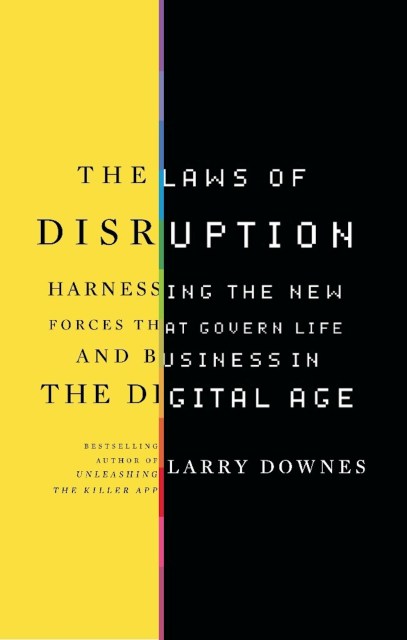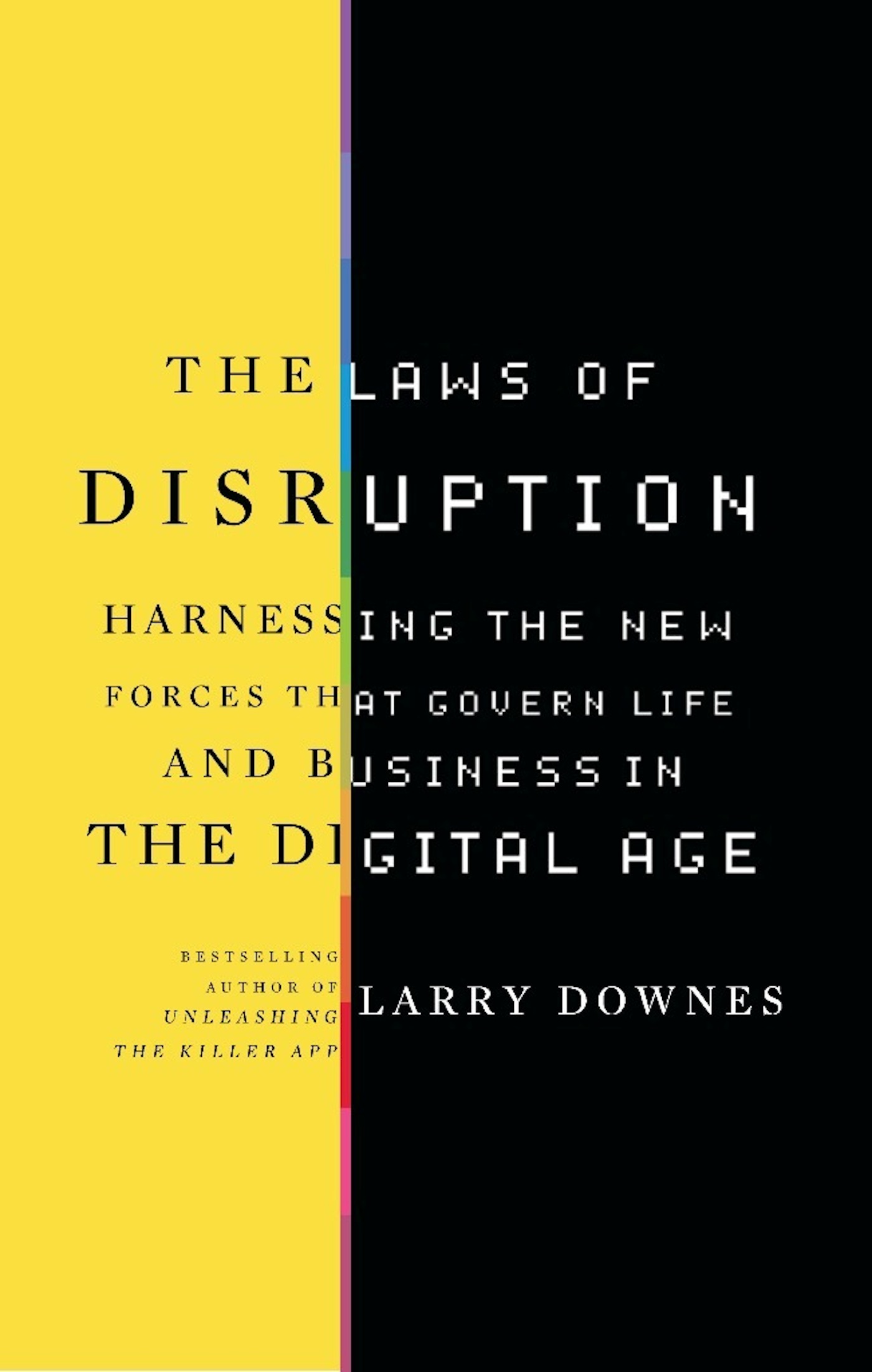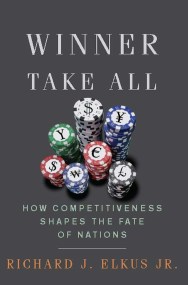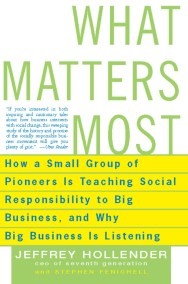Promotion
Use code BEST25 for 25% off storewide. Make sure to order by 11:59am, 12/12 for holiday delivery!
By clicking “Accept,” you agree to the use of cookies and similar technologies on your device as set forth in our Cookie Policy and our Privacy Policy. Please note that certain cookies are essential for this website to function properly and do not require user consent to be deployed.
The Laws of Disruption
Harnessing the New Forces that Govern Life and Business in the Digital Age
Contributors
By Larry Downes
Formats and Prices
- On Sale
- Oct 13, 2009
- Page Count
- 304 pages
- Publisher
- Basic Books
- ISBN-13
- 9780465019984
Price
$17.99Price
$22.99 CADFormat
Format:
ebook $17.99 $22.99 CADThis item is a preorder. Your payment method will be charged immediately, and the product is expected to ship on or around October 13, 2009. This date is subject to change due to shipping delays beyond our control.
Buy from Other Retailers:
In The Laws of Disruption, Larry Downes, author of the best-selling Unleashing the Killer App, provides an invaluable guide for these confusing times, exploring nine critical areas in which technology is dramatically rewriting the rules of business and life.
The Laws of Disruption will help business owners and managers understand not only how to avoid being blindsided by customer rebellion, but also how to benefit from it. It will teach lawyers, judges, and regulators when to keep their hands off the system and it will show consumers the consequences of their digital actions.
In the gap created by the Law of Disruption, golden opportunities await those who move quickly.
Newsletter Signup
By clicking ‘Sign Up,’ I acknowledge that I have read and agree to Hachette Book Group’s Privacy Policy and Terms of Use







